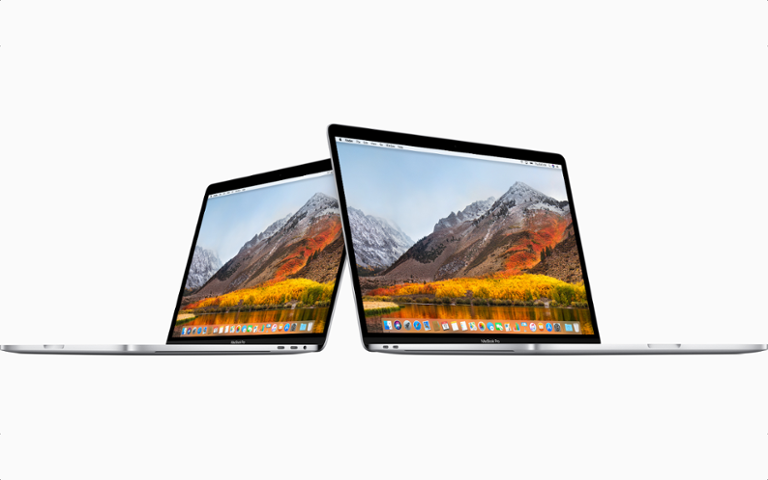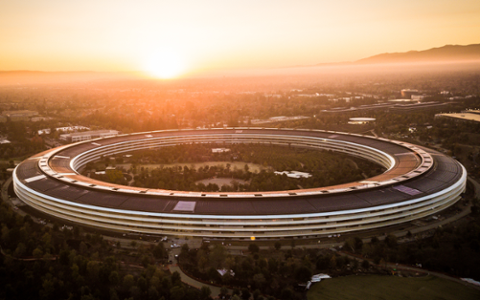Survey Results: ‘Pro’ Hardware is Apple’s Biggest Problem Right Now
Last week, we asked you about the major issues that Apple faces in early 2019. What was most problematic: Its focus on subscriptions, Radars, or the 70/30 revenue split it offers developers? Turns out, you really want better Macs. Of the five options we presented (‘Pro’ hardware, subscriptions, the 70/30 revenue split, Apple’s Radar bug-reporting program, and the incoming cross-platform app scheme currently dubbed ‘Marzipan’), hardware came out the clear winner: 39 percent of respondents just plain want better ‘Pro’ hardware. Onlookers and tech pros have been questioning Apple’s attention to detail on ‘Pro’ hardware for a few years. Since 2016, with the introduction of the ‘Butterfly’ keyboard mechanism to the MacBook Pro (originally trialed on the MacBook) and Touch Bar replacing the top-row function keys, developers and other professionals have openly questioned Apple’s commitment to their workflow. The butterfly keyboard is still around, still a problem, and is still widely panned. The svelte MacBook Pro refresh also ushered in the ‘age of dongles.’ Apple chose to eliminate all but a few USB-C ports on the MacBook Pro, urging those who needed unique ports such as an SD Card slot or Ethernet to simply buy an add-on accessory. It’s now de rigueur, but still not well received. And we shouldn’t forget how all this follows the Mac Pro. In failing to update the Mac Pro, Apple finally conceded the "trashcan" was a design mistake, and that it was going back to the drawing board for its successor. Although the iMac Pro satisfied many professionals, its all-in-one design only reminded us of another Pro hardware issue for Apple: The inability to upgrade internal components, such as memory, after purchase.
Apple’s fresh focus on subscriptions is also a problem for 24 percent of tech pros. It’s not how much Apple charges, but that it’s continuing to press the issue of subscription-based apps and services while eschewing the more traditional paid model. Similarly, third-party developers' inability to really carve out a niche by tapping into Apple’s services, like Apple Music or News, is divisive in the walled garden of the App Store. This dovetails with the 70/30 revenue split Apple offers developers, which is also applicable to subscription-based apps for the first year a user is subscribed (this revenue split dips to 85/15 after the first year a user is subscribed, but it still causes many developers headaches). Developers who can’t find cause to have a subscription-based app or game are stuck with the legacy model... and 19 percent of you find this to be Apple’s largest problem right now. Radars, Apple’s program for bug submission (then ignoring them, ha ha) is only problematic for 11 percent of respondents. Cross-platform apps, the incoming new-look iOS/macOS app publishing methodology code-named ‘Marzipan,' is arguably the best-received among tech pros: Only seven percent of respondents think this is Apple’s biggest issue right now. We’d tend to agree; while there will be hiccups along the way, and Apple seems keen to roll it out slowly to developers, we still think the positives outweigh the negatives when it comes to Marzipan. If we exclude ‘Marzipan’ and Radars, an interesting trend emerges. We find a developer base divided between the tools they use (‘Pro’ hardware) and the way they make money (subscriptions and the revenue split, which combine for 43 percent of respondents). Speculatively, this signals to us that developers have a deep trust issue with Apple right now; they definitely don’t trust it to make great hardware for tech pros, and there’s a lot of trepidation about how Apple thinks developers should drive revenue for their own apps and services from here on out. Marzipan could solve (or worsen!) these issues. Cross-platform apps could drive changes in Mac hardware, or encourage Apple to double-down on things like Touch Bar and the butterfly keyboard (side note: I have a 2016 MacBook Pro with both those things and like it quite a bit). Cross-platform apps could also be a fresh gold rush for the app economy. We just don’t know yet. WWDC 2019 should give us the answers we need, so June will be an exciting time for developers.



